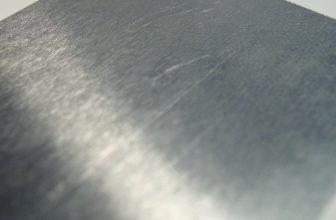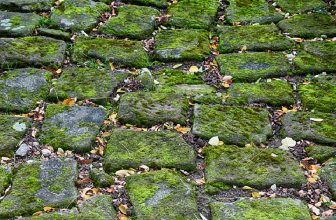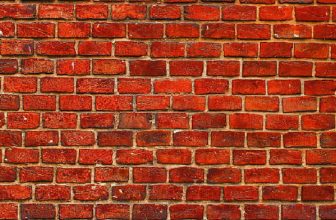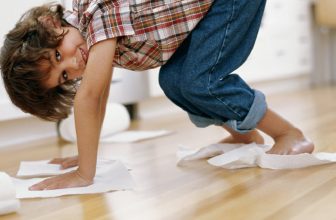How to Clean Wooden Blocks
Wooden blocks are a popular children’s toy that has been around for centuries. Not only do they provide endless hours of entertainment, but they also help in the development of fine motor skills and problem-solving abilities in young children. However, due to regular use, wooden blocks can get dirty and accumulate germs over time. This is especially concerning if the blocks are shared among multiple children.
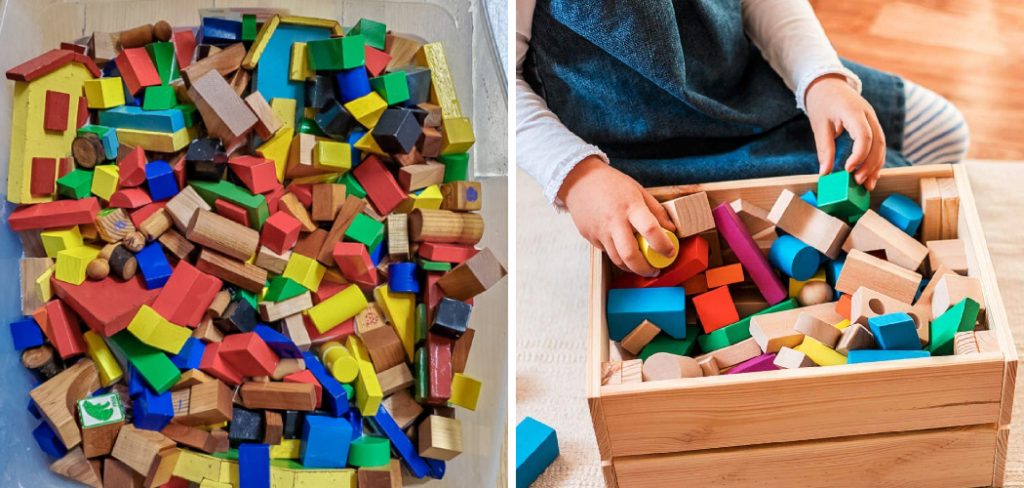
The main advantage about cleaning wooden blocks is that it helps to maintain the quality and longevity of these toys. Wooden blocks are durable and can withstand rough play, but they also require proper care to ensure that they remain safe for children to use. Read this blog post to learn how to clean wooden blocks.
Step-by-step Instructions for How to Clean Wooden Blocks
Step 1: Inspect the Wooden Blocks
Before you start cleaning the wooden blocks, it’s important to inspect them for any damage or signs of wear and tear. If there are any cracks, splinters, or loose pieces, discard those blocks immediately as they may pose a safety hazard to children.
Step 2: Separate Different Types of Blocks
If your child has a variety of wooden blocks in different shapes and sizes, it’s best to separate them into piles. This will make the cleaning process more efficient and prevent any mix-ups later on. Use a soft cloth or a brush to gently remove any dust or debris from the wooden blocks. Make sure to get into all the nooks and crannies of each block.
Step 3: Create a Cleaning Solution
Mix equal parts of water and white vinegar in a bowl to create a natural cleaning solution. You can also add a few drops of essential oil for a pleasant scent. Place the wooden blocks in the cleaning solution and let them soak for about 10 minutes. This will help loosen any grime or dirt stuck on the blocks.
Step 4: Scrub Gently
Use a soft-bristled brush to scrub each wooden block, paying attention to any stubborn stains or marks. Avoid using harsh chemicals or abrasive cleaners as they can damage the wood. Once you have finished scrubbing, rinse off the blocks with clean water. Make sure to remove all the cleaning solution residue from the blocks.

Step 5: Dry the Blocks
Use a towel or cloth to pat dry each block and then lay them out on a clean towel to air dry completely. Once the wooden blocks are completely dry, store them in a clean and dry container or bag. Make sure to label them if they are of different shapes or sizes.
Step 6: Clean Regularly
To maintain the cleanliness of your child’s wooden blocks, make it a habit to clean them regularly, especially after they have been used outside or in messy play activities. It’s also a good idea to sanitize the wooden blocks once in a while by using a safe and natural disinfectant. This will help remove any germs or bacteria that may be present on the blocks.
Regularly inspect the wooden blocks for any signs of wear and tear, such as cracks, splinters, or loose pieces. If you notice any damage, discard the blocks immediately for safety reasons.
Safety Tips for How to Clean Wooden Blocks
- Always clean the wooden blocks in a well-ventilated area to avoid inhaling any harmful chemicals.
- Wear protective gear such as gloves and eye protection while cleaning the blocks.
- Do not mix different types of cleaners together, as it may create toxic fumes.
- Keep children and pets away from the cleaning area to prevent accidental ingestion or contact with cleaning products.
- Test any new cleaning solution on a small, inconspicuous area of the wooden blocks first to ensure it does not damage or discolor the wood.
- Avoid using harsh abrasive cleaners or tools that may scratch or damage the surface of the wooden blocks.
- After cleaning, make sure to rinse off all cleaning products thoroughly and dry the blocks completely before allowing children to play with them again.
Cleaning wooden blocks may seem like a simple task, but it’s important to take proper precautions to ensure the safety of yourself and those around you. By following these safety tips and being mindful of the cleaning products and tools you use, you can effectively clean your wooden blocks without any accidents or damage.
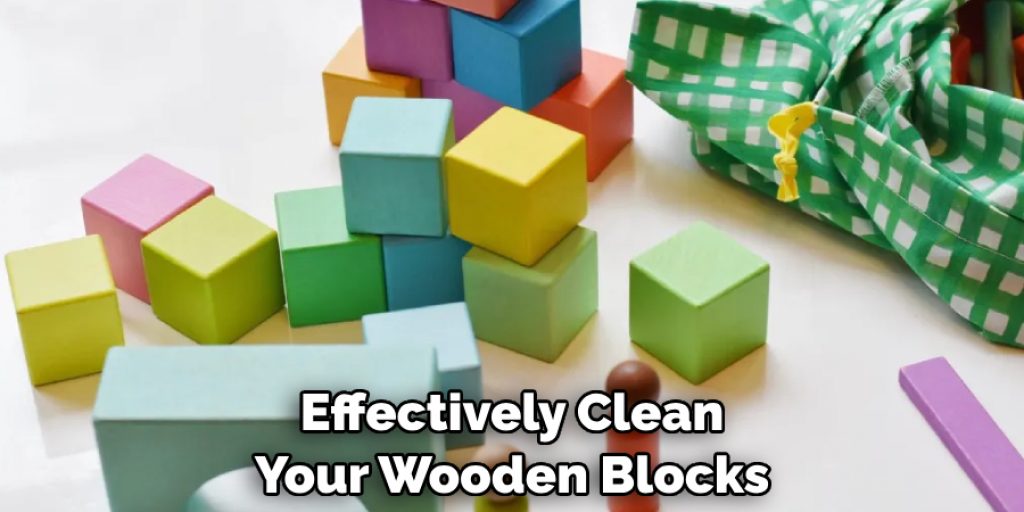
What Are the Different Methods to Clean Wooden Blocks?
For children, wooden blocks are one of the most classic and beloved toys. They provide endless hours of open-ended playtime, helping to develop their creativity, fine motor skills, and hand-eye coordination. However, after repeated use and handling by little hands, these blocks can become dirty or even sticky.
Cleaning your wooden blocks is essential not only for maintaining their appearance but also for keeping them safe and hygienic for playtime. In this article, we will discuss the different methods to clean wooden blocks effectively.
Method 1: Basic Cleaning
For regular maintenance, you can use a soft cloth or sponge with mild soap and water to remove any dirt or grime from the surface of your wooden blocks. Be sure to wring out the cloth or sponge thoroughly to avoid getting the blocks too wet. Gently wipe down each block, and then dry them with a clean towel.
Method 2: Deep Cleaning
If your wooden blocks have more buildup of grime or sticky substances, you can try giving them a deeper cleaning. Mix equal parts of vinegar and water in a bowl, and dip a soft cloth or sponge into the solution. Wring out the excess liquid and wipe down each block thoroughly. The acidity of the vinegar can help cut through any buildup on the blocks. Once done, rinse off the blocks with clean water and dry them completely.
Method 3: Sanitizing
If you want to ensure that your wooden blocks are sanitized, you can use a mixture of water and hydrogen peroxide. Mix equal parts of both in a bowl, dip a clean cloth or sponge into the solution, wring out the excess liquid, and wipe down each block. This method is especially useful for wooden blocks that are shared among children.
Method 4: Using Dishwasher
Another effective way to clean wooden blocks is by using the dishwasher. Place the blocks in a mesh laundry bag or tied-up pillowcase to prevent them from banging against each other during the wash cycle. Use a mild detergent, and avoid using high heat settings or drying cycles. Once done, lay out the blocks to air dry completely before storing them.
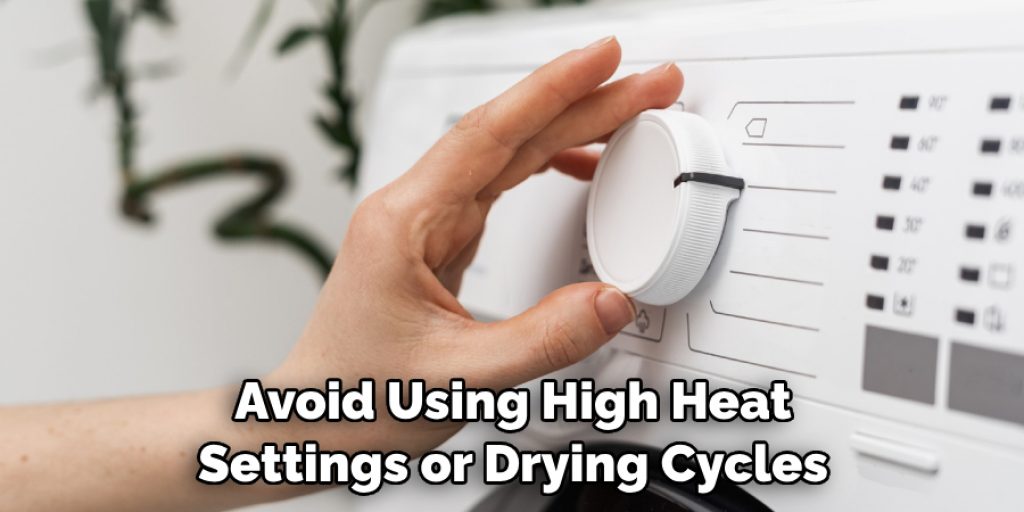
Method 5: Freezing
For wooden blocks that have stubborn stains or odors, you can try freezing them. Place the blocks in a sealed plastic bag and put them in the freezer for a few hours or overnight. The cold temperature will help loosen any buildup on the blocks, making it easier to clean off later.
Method 6: Sanding
If your wooden blocks have deep scratches or hard-to-remove stains, sanding may be necessary. Use fine-grit sandpaper and gently rub it over the affected areas until the surface is smooth. Be careful not to over-sand, as it may damage the blocks.
Method 7: Prevention
Preventing your wooden blocks from getting dirty in the first place can save you time and effort in cleaning them. Encourage children to wash their hands before playing with the blocks, and avoid eating or drinking near them. Additionally, storing the blocks in a clean, dry place can help prevent them from getting dirty quickly.
By following these methods and safety precautions, you can keep your wooden blocks looking and feeling like new for many years of playtime enjoyment. Remember to always prioritize safety while cleaning and handling wooden blocks, as they are delicate toys that require proper care and attention.
How Often Should You Clean Your Child’s Wooden Blocks?
The frequency of cleaning your child’s wooden blocks may depend on the age of your child and the amount of use the blocks get. For younger children who are more likely to put objects in their mouths, it is recommended to clean the blocks at least once a week. For older children, once every two weeks or as needed may suffice.
However, if you notice visible dirt, grime, or stickiness on the blocks, it is best to clean them immediately. It’s also a good idea to regularly inspect the blocks for any signs of wear and tear and replace them if needed. In addition to regular cleaning, make sure to also periodically sanitize the wooden blocks by using one of the methods mentioned above.

This will help keep your child safe from any potential germs or bacteria that may accumulate on the blocks over time.
Conclusion
In conclusion, keeping your child’s wooden blocks clean is not only essential for maintaining their appearance, but also for ensuring a safe and hygienic playtime. By using the appropriate methods and following safety precautions, you can effectively clean wooden blocks without causing any damage or accidents.
Remember to prioritize prevention by implementing good hygiene habits and regularly inspecting the blocks for wear and tear. With proper care and maintenance, your child’s wooden blocks can continue to provide endless hours of imaginative play for many years to come. I hope this article has been beneficial for learning how to clean wooden blocks. Make Sure the precautionary measures are followed chronologically.

